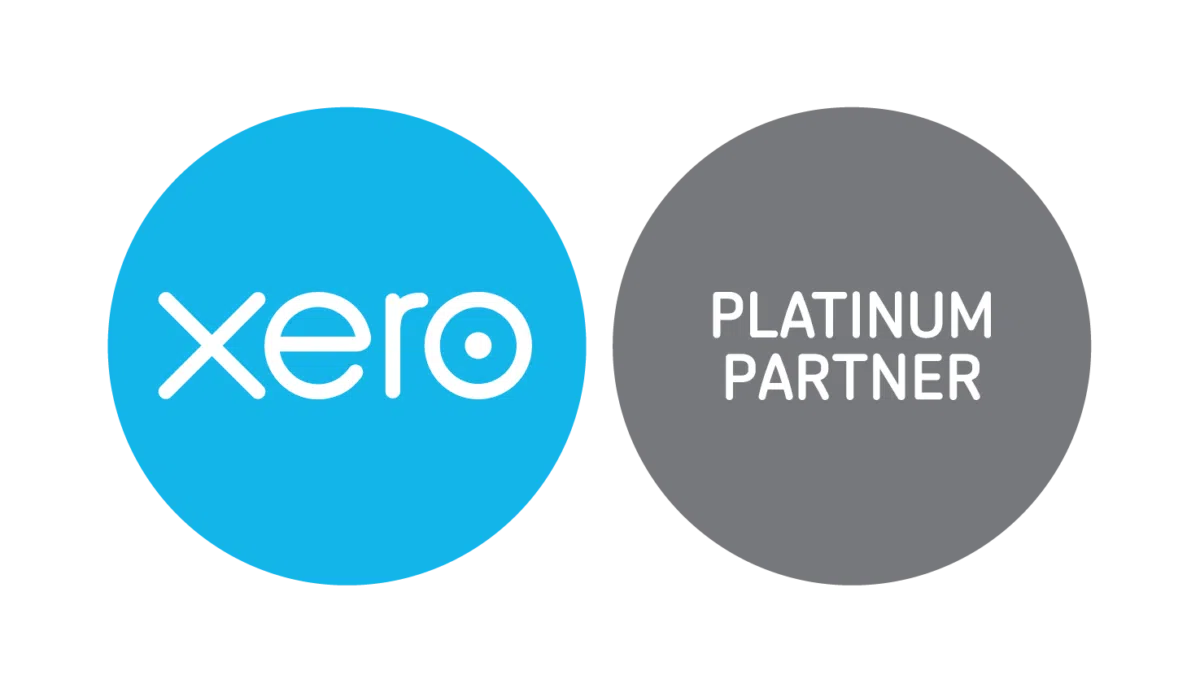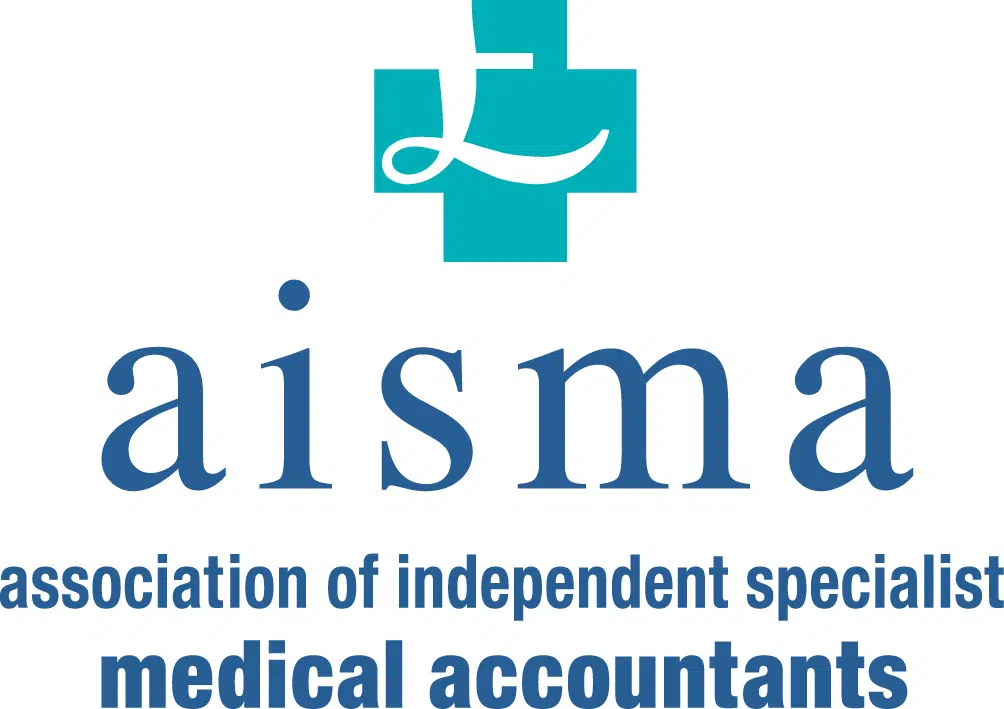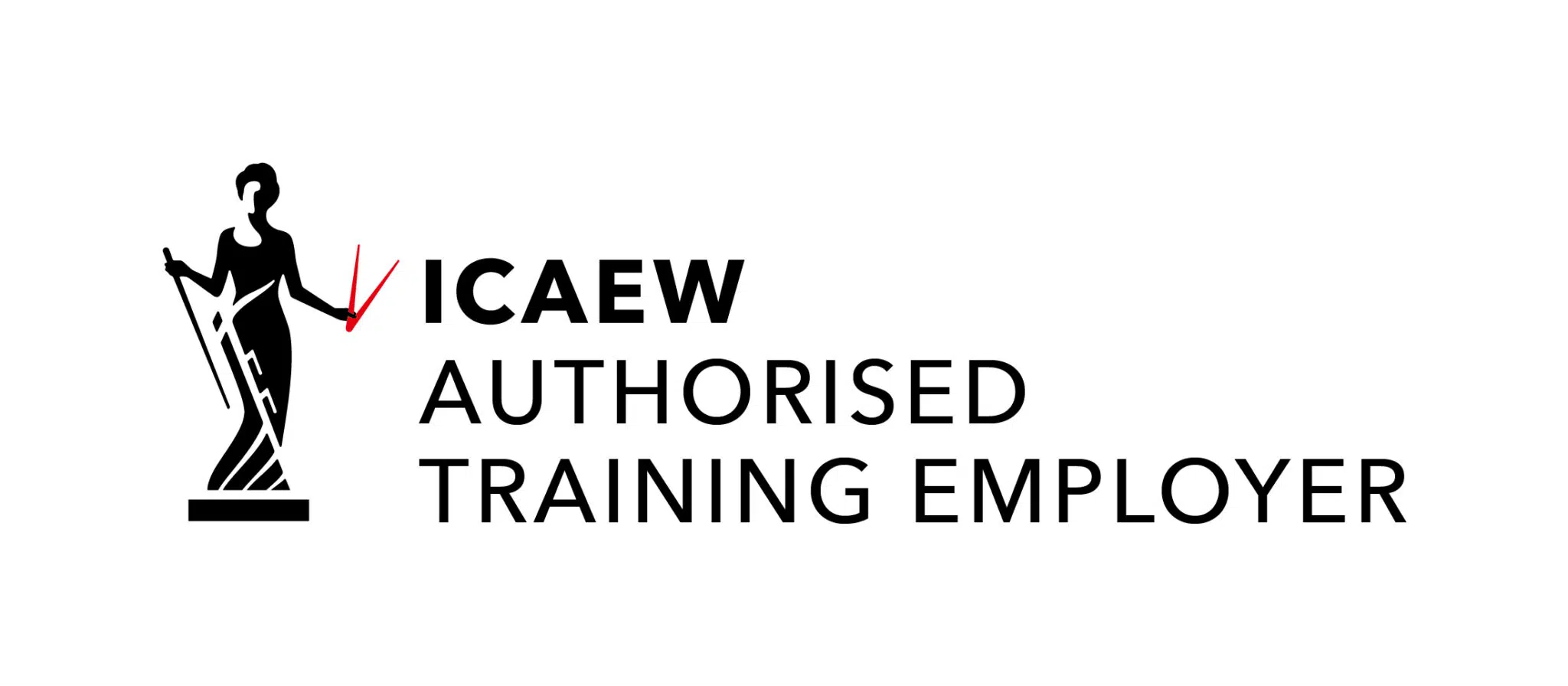Revised guidance causing problems for LLP members
Published: 12th March 2024
Generally, members of an LLP are taxed on their profit shares as self-employed income. However, if the “salaried member” anti-avoidance rules bite, the allocation is treated as earnings instead. The rule exists to counter LLPs disguising earnings as profits, which aren’t subject to secondary Class 1 NI. The rules apply to members that are (in HMRC’s view) employees in all but name. Broadly, for the rules to apply, all three of the following conditions must apply:
- Condition A – 80% or more of the remuneration is “disguised salary”, i.e. a fixed amount or variable but without reference to the profits and losses of the LLP.
- Condition B – the member has no significant influence over the LLP.
- Condition C – the member’s capital contribution to the LLP is less than 25% of the disguised salary.
Historically, LLPs have sought to ensure condition C has not been met by having the member make a capital contribution in excess of 25% of the disguised salary. However, the partnership guidance manual at PM259305ff has been updated to make clear that if the main purpose, or a main purpose, of the contribution is to avoid the salaried member rules, it will not be considered a “genuine” contribution and the rules will still apply (subject to the other conditions being met). LLPs will need to be careful when setting the level of disguised salary and capital contributions because, particularly if the contribution is changing annually, HMRC may seek to disregard it in the application of these rules.












